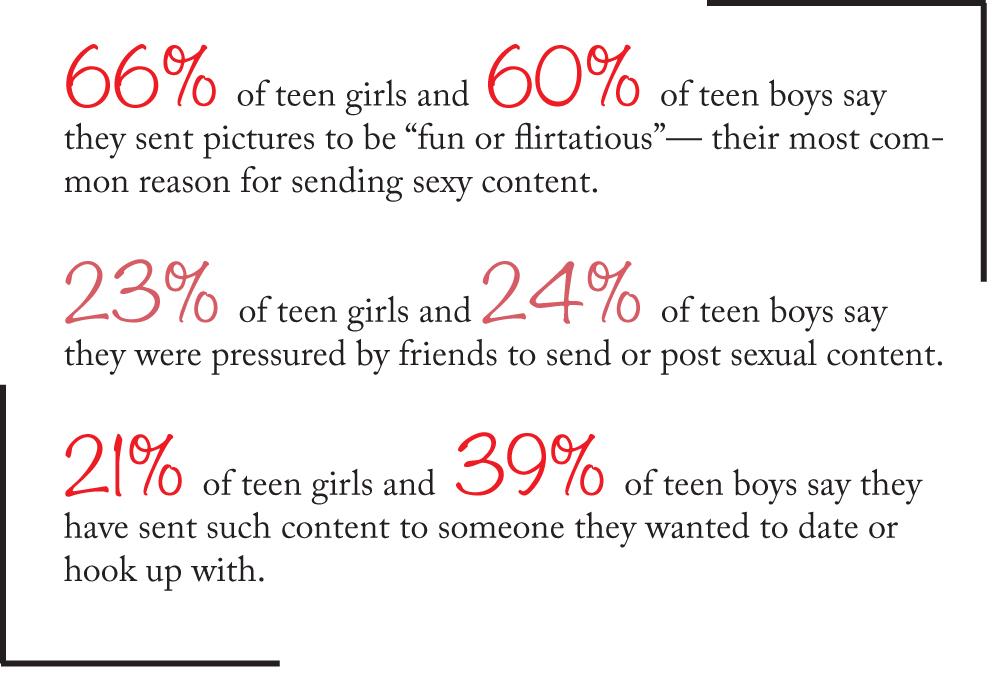The Crime Itself
May 5, 2015
Among a generation of Snapchat, texting, and Photo Vault lies the common crime of sexting.
“Sexting” is the sending of nude or sexual photos by electronic means or devices. Sexting is illegal if the person depicted is under 18, yet many photos go around unnoticed.
“I would think there are hundreds of nudes on people’s phones, on a locked app,” said Rachel Lee, senior.
This issue is not unique to one area, state, or high school. Nor is underage sexting removed from the Hopkins District borders.
“I think it started in seventh or eighth grade [for people in my grade] – I think mostly when people got phones and had access to things like that,” said Annika Carlander, sophomore.
Mr. Xeev Vang, school counselor, has noticed this phenomenon in the high school. Although no student has confronted him about it this year, he did talk to students about in previous years.
“[Students sexting] has occurred for sure. Earlier this year, we had a workshop about the different apps out there that teens are using and how they are impacting situations such as [underage sexting],” Vang said.
The Royal Page interviewed many additional students who would not go on the record. All had noticed sexting among high school students. Many referenced knowing people who do it, and several admitted to having seen nude photos of someone under 18. A few had even sent them.
“It’s unfortunate how many people have seen [nudes], how many people have taken part in it,” said Noah Baker, junior.
Many people become involved in sexting through the distribution of photos: the person who received a photo then sends it to additional people, who may in turn spread it even further.
“People will send [nudes] to group chats,” Carlander said. “I know a bunch of guys in my grade who have a group chat where they send nudes that they get into it.”
If a student was unwantedly implicated in sexting, the counselors at HHS are prepared to help them.
“Our main goal would be to comfort the student, to provide as much support as possible, even if it is us contacting their parent about it. Then, of course, the counselor will connect with the student, making sure they are still comfortable in the school,” Vang said. “We always want to make sure that the students feel safe and comfortable.”
The crime of underage sexting begins with the minor who sends the photo. Which, according to a study by the Internet Watch Foundation, is more than three times likely to be a female.
“I think it’s done to show off. Like, ‘I’m cute, come get me,’” said Sam Greenwald, senior.
Conversely, the article “Cyberbullying and Sexting: Technology Abuses of the 21st Century” affirms that males are more likely to receive those sexts.
Baker and Greenwald think that getting sexts has turned into a competition of sorts for males.
“With some of the guys around here, it’s ‘How many girls did you hook up with?’ ‘How many numbers do you have?’ or ‘How many pictures do you have?’ and I guess that’s kind of the cool thing, maybe? Competition, definitely,” Baker said.
Greenwald noticed a similar trend in spreading nude photos.
“Part of spreading [nudes] is part of the conquest – ‘Look who I got to send me a nude,’” Greenwald said. “Also, it’s not explicitly trying to shame women, but in the society we have – very patriarchal – women are these objects that we can just show their pictures all over.”
Sexting may be becoming ingrained in U.S. culture. Jennifer Lawrence’s leaked nudes and Kim Kardashian’s rising to fame from a sex tape are primary examples.
Many students interviewed said they don’t see sexting as a major issue.
“You shouldn’t be forced into doing something, but if you’re fine with it, then do it; it’s not that big of a deal,” Carlander said.
Baker, however, sees how sexting can come back to haunt students.
“It’s an in the moment deal. It’s a, ‘I really like this girl,’ ‘I really like this boy,’ ‘I don’t want to make them feel like they don’t trust me or I don’t trust them,’ and then they just [send] it. Then they think it’s over with, but that’s not the case,” Baker said.
